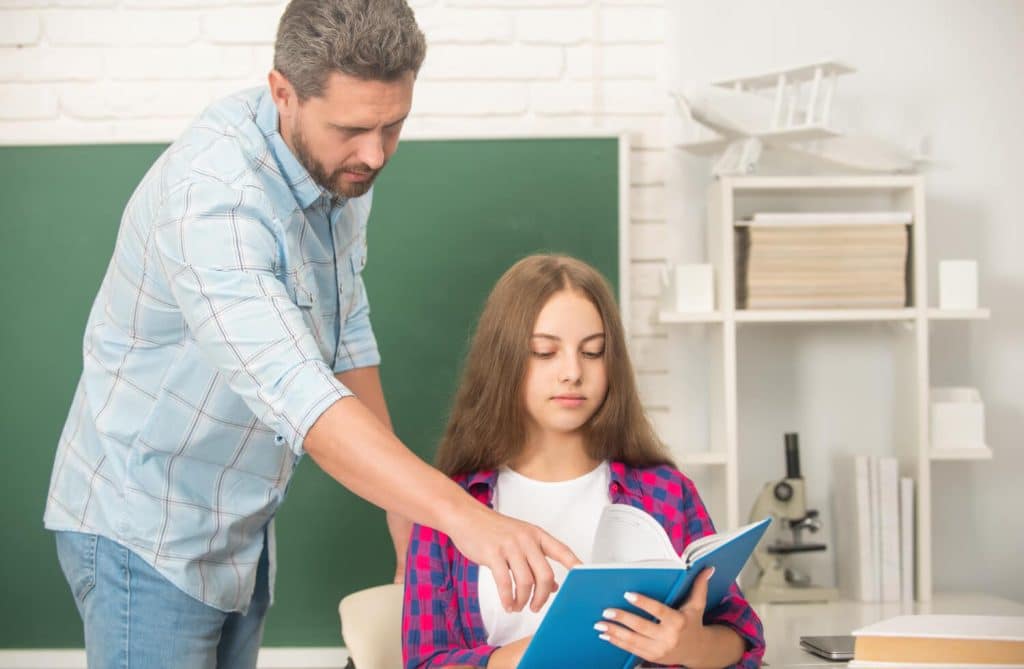Education is an energetic process that expands far beyond the classroom walls. It is a process of learning through which we acquire knowledge and life skills. The power of learning through everyday experiences should not be underestimated. Incidental teaching is an instructive approach rooted in naturalistic and child-centered principles.
This article evaluates the concept of incidental teaching, its underlying principles, benefits, implementation strategies, and its role in promoting entire development. Incidental teaching reinforces a culture of “learning by doing”.
Understanding Incidental Teaching
Incidental teaching is aimed at helping develop learning skills such as behavior, language, and play. Usually, this method is for children aged 2 and 9. It helps to give them guidance in improving their level of communication and shifting skills from one place to another. Besides this encourage them to begin communication. Behind incidental teaching aba, there is a purpose that if a child uses some skill and is awarded for that skill, it will surely boost them up to make them able to perform that skill again and again. Incidental teaching is that form of teaching, in which the teacher has an advantage of naturally occurring situations through which pupils get a chance of learning.
For instance, in this technique, a teacher uses a book or a video game to make the lesson more interestingly relevant to the pupil’s life. Incidental teaching is an unplanned teaching method that is primarily used for younger children. It centers on providing a child the chance to ask for the desired object which cannot be attained without assistance.
Main Idea
The main idea of incidental teaching is, that children are readily willing to learn themselves as principles of this method are based upon their interests. Children learn lots of new concepts and words when it is not planned, this type of learning is called incidental teaching. Undoubtedly, incidental teaching is the best effective way of teaching new words, concepts and expand vocabulary.
Main Steps of Incidental Teaching
- Watch and listen
- Engage
- Wait
- Support
- Confirm
Incidental teaching is an effective educational strategy that capitalizes on unforced learning opportunities as they occur in real-life situations. It uses the principles of applied behavior analysis (ABA) and is particularly effective for individuals with developmental disabilities.
Key Principles of Incidental Teaching
Natural Environment: Incidental teaching aims to create a natural and unforced learning environment, mirroring real-life scenarios. Unlike structured classroom settings, this approach combines learning consistently into daily routines, promoting the generalization of skills beyond forced situations. In such a class, an environment is created to attract the child to interact with activities and toys.
Child-Centered
Learners’ interests, motivations, and preferences play a central role in incidental teaching. Educators and caregivers first observe and identify these preferences, then utilize them to create encouraging learning opportunities. It helps a child to learn in a friendly environment, where they feel secure and comfortable. This technique mainly focuses on the individual needs of the pupils to maximize student engagement. By this, an instructor can easily well observe them, and thus can find a responsive child who is more likely to progress by “verbal prompts”.
Prompting and Reinforcement
The integral components of this teaching strategy are encouragement and reinforcement. When a learner displays interest or curiosity, educators provide prompts or cues to encourage exploration. Positive reinforcement, such as praising or access to preferred activities, follows successful attempts, building a strong connection between the behavior and the positive outcome.
Child-Initiated Learning
Unlike traditional teaching methods, incidental teaching empowers the learner to take the lead. Allowing the learner to initiate activities, will surely encourage them to move further. If a child is trying to perform some skill, allow them to move with that forward. If any child is being rewarded for some skill, it will surely boost them up to perform better than before.
Benefits of Incidental Teaching
Authentic Learning: Incidental teaching provides opportunities for authentic, real-world learning experiences. When learners engage with concepts in meaningful contexts, they are more likely to grasp and better understand the information.
Individualization
Give them individual attention to strengthen their unique developmental skills. Personalized learning experiences enhance the overall learning process and thereby give ultimate success.
Generalization
Learning in natural environments enhances the possibility of skill generalization. The skills acquired through incidental teaching are more likely to be transferred in a variety of situations.
Communication Development
Incidental teaching can be particularly effective in promoting communication skills. For learners with language delays or disorders, this way of teaching helps them to improve their language and other communication skills. Incidental teaching provides opportunities for language development in context.
Motivation and Engagement
By fixing teaching with learners’ interests, inspiration and engagement are naturally increased. By this inborn motivation, they desire to explore and learn.
Implementing Incidental Teaching
Environment Observation:
Educators should actively observe the learner’s natural environment to identify areas of interest and moments when the learner is most broad-minded or fully willing to learn.
Prompting Strategies:
You can prompt them in different ways such as verbal cues, or through gestures. These prompts gently guide the learner and encourage them to participate.
Reinforcement Techniques:
Praise them in different ways namely; verbal praise and high-fives to access to preferred toys.
Data Collection:
Keeping a record of children’s progress is essential in incidental teaching. Educators should maintain records of the learner’s response for their better guidance in the future.
Flexibility and Patience:
Flexibility and patience are important in incidental teaching. Not all learning opportunities will yield immediate results.
Incorporating Incidental Teaching Across Settings
Home Environment:
Parents can easily combine incidental teaching into daily routines. Incidental teaching is at its best when it is served during daily activities like mealtime, playtime, and bedtime. It provides numerous opportunities for learning through interaction and exploration.
Classroom Settings:
Educators can apply incidental teaching in the classroom by embedding learning opportunities into group activities and free play. Incidental teaching is widely used to support individuals with developmental disabilities. Promoting Holistic Development Through Incidental Teaching Beyond its academic applications, incidental teaching has a deep impact on holistic development.
Social Interaction:
Incidental teaching naturally encourages social interaction. It encourages a child to initiate communication, share toys, or seek assistance. A PUPIL develops all-important social skills that are essential for building relationships with others.
Cognitive Growth:
Incidental teaching provokes cognitive growth by encouraging curiosity, exploration, and problem-solving.
Conclusion
Incidental teaching is a powerful technique that tackles the natural curiosity that exists within every individual. By blending instruction with natural real-life occurrences, this method brings up not only academic growth but also the development of essential life skills.









